
children correctly in TypeScriptLearn modern best practices for typing React children in TypeScript, including ReactNode, PropsWithChildren, ComponentProps, and why React.FC is no longer recommended.
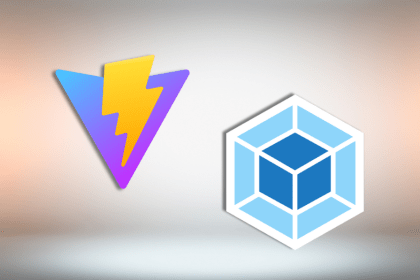
Vite vs Webpack in 2025: a senior engineer’s take on performance, developer experience, build control, and when each tool makes sense for React apps.
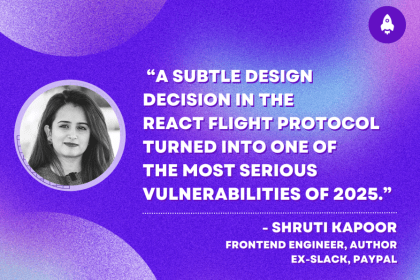
Shruti Kapoor breaks down the React2Shell exploit and discusses lessons that dev teams can take away from one of the biggest security events of the year.
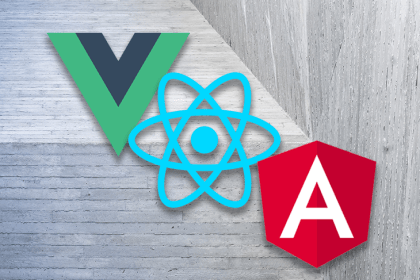
React, Angular, and Vue still lead frontend development, but 2025 performance is shaped by signals, compilers, and hydration. Here’s how they compare.
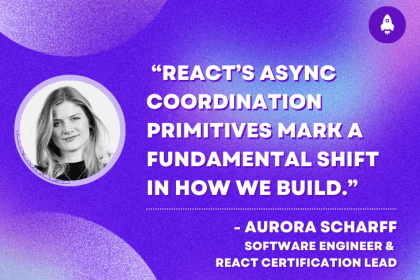
Aurora Scharff discusses React’s async coordination primitives, and how React’s new era signals a fundamental shift in how devs build software.
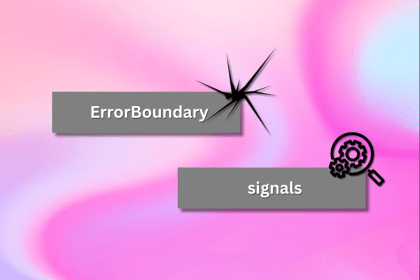
Error boundaries catch only render-time failures, which isn’t enough for modern async UIs. Signals treat errors as reactive state, giving you consistent handling across your app.
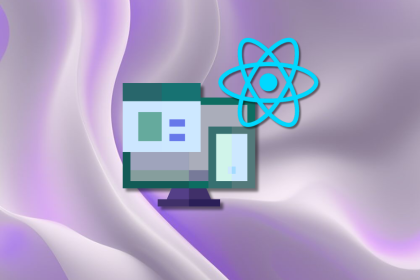
Users don’t think in terms of frontend or backend; they just see features. This article explores why composition, not reactivity, is becoming the core organizing idea in modern UI architecture.
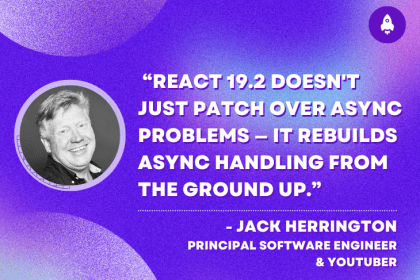
Jack Herrington writes about how React 19.2 rebuilds async handling from the ground up with use(),
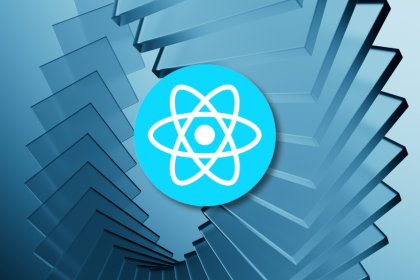
Learn how React Router’s Middleware API fixes leaky redirects and redundant data fetching in protected routes.
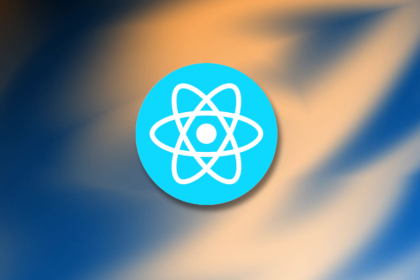
Remix 3 ditches React for a Preact fork and a “Web-First” model. Here’s what it means for React developers — and why it’s controversial.

Build an AI assistant with Vercel AI Elements, which provides pre-built React components specifically designed for AI applications.
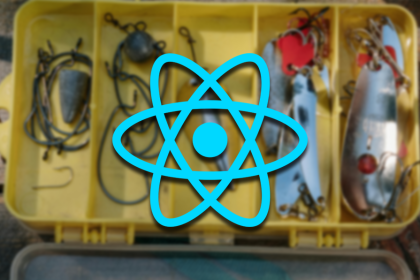
Discover seven custom React Hooks that will simplify your web development process and make you a faster, better, more efficient developer.